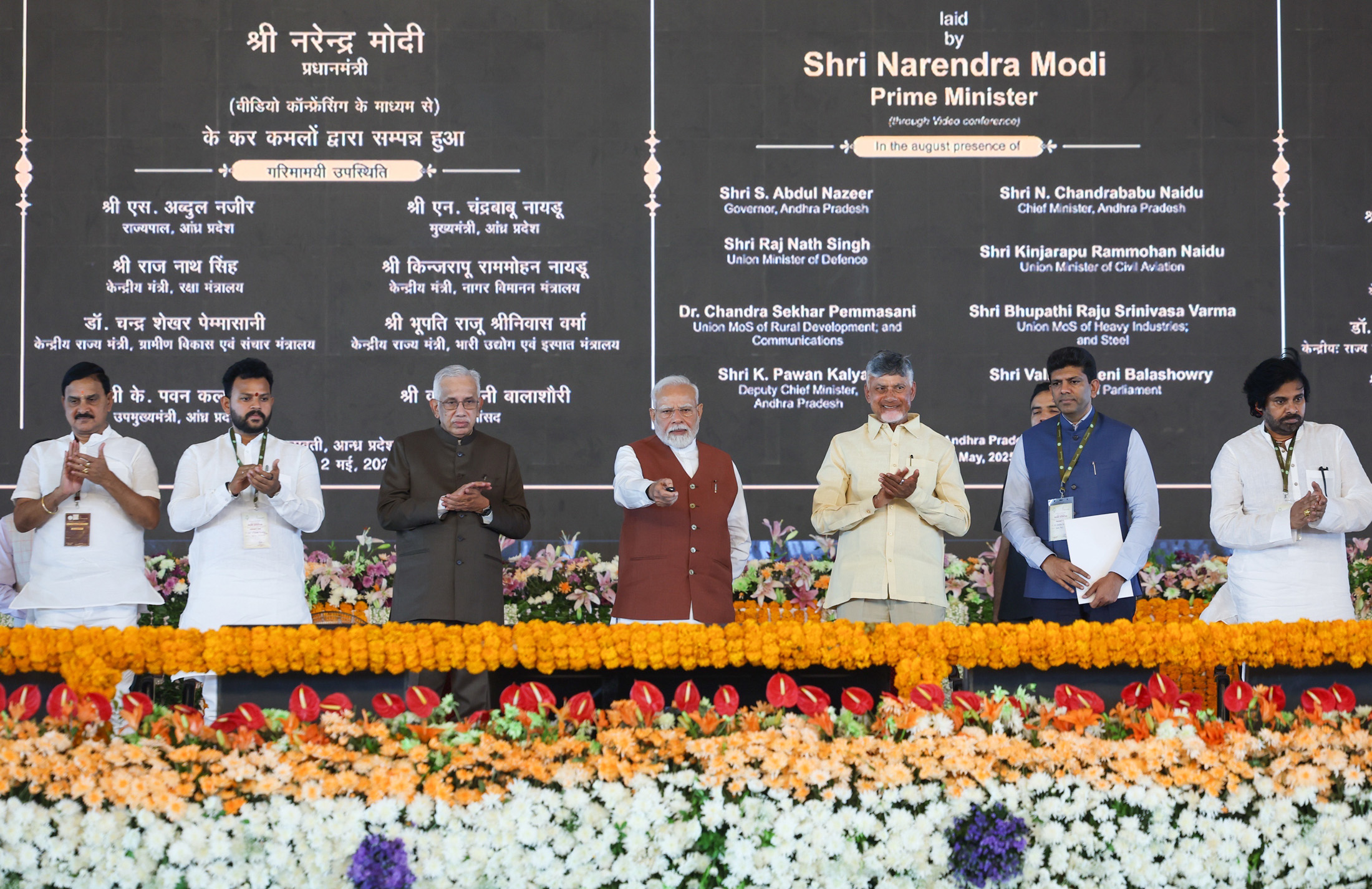- Courses
- GS Full Course 1 Year
- GS Full Course 2 Year
- GS Full Course 3 Year
- GS Full Course Till Selection
- Online Program
- GS Recorded Course
- NCERT (Recorded 500+ Hours)
- Polity Recorded Course
- Geography Recorded Course
- Economy Recorded Course
- AMAC Recorded Course
- Modern India, Post Independence & World History
- Environment Recoded Course
- Governance Recoded Course
- Science & Tech. Recoded Course
- International Relations and Internal Security Recorded Course
- Disaster Management Module Course
- Ethics Recoded Course
- Essay Recoded Course
- Current Affairs Recoded Course
- CSAT
- 5 LAYERED ARJUNA Mentorship
- Public Administration Optional
- ABOUT US
- OUR TOPPERS
- TEST SERIES
- FREE STUDY MATERIAL
- VIDEOS
- CONTACT US
India leads the fastest-growing major economy as per ‘Global Economic Prospects Report 2024’
India leads the fastest-growing major economy as per ‘Global Economic Prospects Report 2024’
19-07-2024
- In June 2024, the World Bank released ‘Global Economic Prospects Report 2024’.
- India is predicted to remain the fastest-growing major economy globally with a projected GDP growth rate of 6.6% for FY25, according to the report.
Key Findings of the Report
Global
- Growth Outlook: The global economy is stabilizing for the first time in three years, with GDP growth anticipated at 2.6% for 2024-25.
- For FY26 and FY27, global growth is expected to be 2.7%, amid modest growth in trade and investment.
- Projection for Global Inflation: The World Bank forecasts a slower moderation of global inflation, averaging 3.5% this year.
- Central banks from the advanced and emerging market economies are expected to be cautious about easing monetary policy due to ongoing inflationary pressures.
- Challenges to Global Growth:
- Geopolitical tensions, trade fragmentation (divided into parts), higher interest rates, and climate-related disasters are hindering (hampering) growth.
- Global cooperation is needed to safeguard trade, support green and digital transitions, provide debt relief, and enhance food security.
South Asian Region (SAR)
- Growth Outlook:
- South Asia's GDP growth is expected to drop from 6.6% in 2023 to 6.2% in 2024, mainly due to India's slowdown.
- Bangladesh is expected to maintain robust growth, but at a slower pace.
- Pakistan and Sri Lanka are expected to see strengthened economic activities.
- Poverty Reduction:
- Per capita income growth in South Asia will decrease from 5.6% in 2023 to 5.1% in 2024-25, then slightly rise to 5.2% in 2026.
- This slowdown is due to weaker private consumption and fiscal adjustments that may reduce household income.
India
- Economic Trajectory:
- India is the largest economy in South Asia and a major contributor to regional growth.
- India’s growth rate for FY24 is estimated at 8.2%, driven by industrial and services sectors, offsetting a slowdown in agriculture due to monsoon disruptions.
- Fiscal and Trade Balances:
- India's fiscal deficit relative to GDP is expected to decrease due to increased revenues from a broader tax base.
- Narrowing trade deficits are contributing to overall economic stability in South Asia.
- Factors Driving Growth:
- Investment Growth: Strong public and private sector investments will likely sustain robust growth. Public investment will play a particularly significant role.
- Private Consumption: Improved agricultural production and decreasing inflation rates will boost private consumption.
- Government Expenditure: Government spending is expected to grow slowly as efforts focus on reducing current spending relative to GDP.
- Increase in FDI Flows: In 2022, FDI flows to India increased by 10%. India became the third-largest recipient country for announced greenfield projects.
- Government Spending and Infrastructure: Increased government spending on infrastructure projects like roads, railways, and renewable energy is driving fixed capital formation.
- Gross Fixed Capital Formation (GFCF) is the total amount of money spent on investment.
- Challenges in Accessing Financing: Developing countries, including India, face challenges in accessing financing due to increasing external debt and interest rates.
- Labor Market Improvement:
- India's labour market is showing improvement.
- There is a higher labour force participation rate.
- The unemployment rate is the lowest in a year at 7.1%.
- Consumer Price Inflation:
- Consumer price inflation in India is expected to decrease.
- It is anticipated to align with the Central Bank's target range of 2 to 6 percent.
India’s GDP Forecast by MOSPI and RBI
World Bank
|



